In this post: How science has shown that stress and boredom impede language learning. Krashen’s Affective Filter Hypothesis… and what we can do to lower the Affective Filter for successful second-language acquisition.
Curious about the benefits of storytelling? It is human nature to love hearing and telling stories. So, it’s no surprise that research shows that stories are at the heart of effective learning.
Have you ever wondered why language learning in a traditional classroom setting feels so unnatural and why long-term retention is so poor? (How much high school Spanish can you remember??)
Maybe you studied Spanish in school for years… yet, you can’t seem to remember anything more than a simple “hola” or “¿Cómo estás?”.
Shockingly, just 1% of American adults are proficient in a foreign language that they studied in a U.S classroom. How is it that a student can take several years of Spanish and still struggle to string a sentence together by the end of it? (If we had results like that from Science or Math classes we would surely re-consider how we teach those subjects!)
Traditional foreign language instruction consists of output-heavy, teacher-led instruction. These teaching methods include regular testing and pressure, which do not support language acquisition!
In fact, it impedes it entirely.
When it comes to learning a new language, there is an ‘Affective Filter’ which can completely sabotage your efforts and wreak havoc on a second language acquisition! So whether you’re a parent trying to give your child a second language, or a teacher trying to teach her students a foreign language, it’s best to learn about the ‘Affective Filter’ and how to get it working for you – instead of against you.

What is the Affective Filter?
‘Affective Filter’ may sound like an esoteric term, but it is a very commonly used term in language learning because of the crucial role it plays in second language acquisition. The ‘Affective Filter’ is ‘an invisible psychological filter’ that can either impede or promote language acquisition.

By definition, the term ‘affective’ means that something “relates to, arises from, or influences feelings or emotions”. (In this context we’re referring to the emotion a person is experiencing internally – as opposed to the emotion a person appears to have to the outsider).
The ‘Affective Filter’ is a metaphor to convey how a student’s internal negative attitudes and emotions can impede their ability to acquire a second language. This ‘Affective Filter’ in a student is increased or decreased depending on their internal feelings or emotions about language learning.
A high affective filter (where the student is stressed or bored by their language learning experience) will impede any efforts at learning a second language.
By the same token, a low affective filter (where the student is motivated and excited by their language learning experience) will result in better second language acquisition.
How does the Affective Filter work?
Dr. Krashen, Comprehensible Input and the Affective Filter Hypothesis
How exactly does the Affective Filter work to impede language acquisition? It basically does this by blocking what is known as comprehensible input.
(If you’re not entirely sure what comprehensible input is, or how it is the key to successful second language acquisition, it’s a super important concept, so stop now and read our blog Comprehensible Input & Spanish: The Secret to Second Language Acquisition)
Linguist Noam Chomsky proposed the concept that humans have a Language Acquisition Device (LAD). It refers to a system within the brain that naturally learns languages – so long as it has enough stimuli.
Another linguist, Dr. Stephen Krashen, took the concept further and said this language acquisition device (or language acquisition system within the brain) is able to do its job of acquiring a new language very naturally and very well when it is supplied with lots of a particular kind of stimuli – with what he called comprehensible input.
However, Krashen pointed out that in certain circumstances, despite the brain being exposed to lots of comprehensible input, it is unable to successfully acquire a new language. How is this possible?
Well, because the Affective Filter is filtering OUT comprehensible input from this language acquisition part of the brain.


The Affective Filter was a term coined by Dulay and Burt (1977), but adopted by Krashen when he created his Affective Filter Hypothesis. It forms part of Krashen’s overall theory of second language acquisition, which consists of five individual hypotheses.
The Affective Filter Hypothesis states that negative emotions, such as stress, anxiety, boredom, and lack of motivation, create a psychological filter (the Affective Filter) that reduces a student’s ability to absorb comprehensible input.
So … what exactly is the Affective Filter… filtering?
Krashen uses the metaphor of a filter to explain that “affect” (the emotions and feelings a person experiences) can influence how much comprehensible input actually makes it through the filter and reaches the language acquisition part of the brain. “Affective variables act to impede or facilitate the delivery of input to the language acquisition device.”
Krashen suggested we should think of the Affective Filter as a ‘gate’ – “Not all the input reaches the Language Acquisition Device; somewhere along the way it is filtered, and only part of it is acquired. This filtering takes place in the Affective Filter, which acts like a gate controlling the amount of input. The Affective Filter “opens” or “closes” according to our mood. That is, if we are relaxed and in a pleasant learning environment, more input will reach the LAD, while if we feel tense or are in a negative environment, our efforts to provide input will be fruitless.” Here is Krashen’s illustration of how the Affective Filter works (p32 of Krashen’s ‘Principles and Practice’)
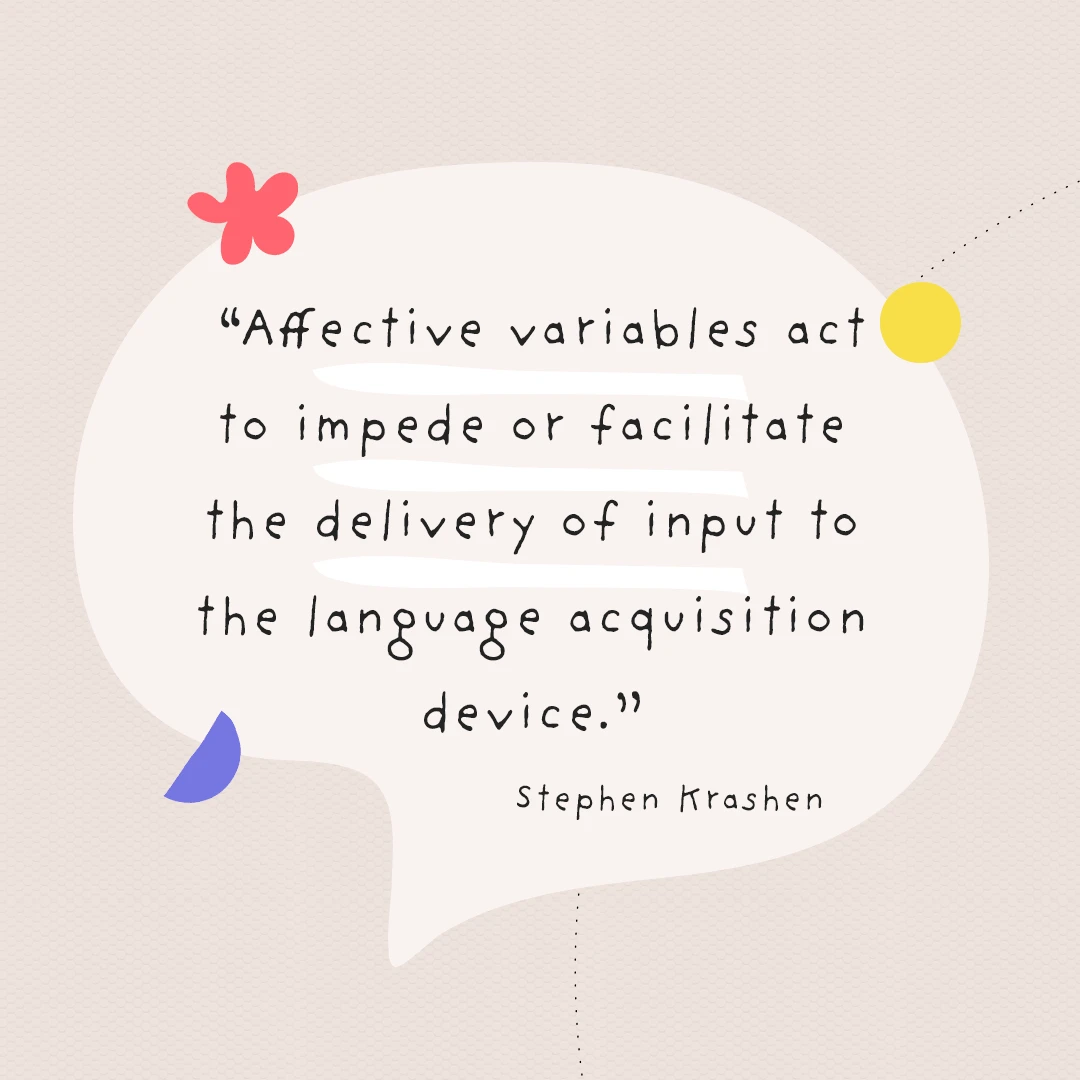

An equally helpful metaphor is that of a cone filter. This filter usually has a wide neck and allows a lot of comprehensible input into the brain, resulting in language acquisition. But when the learner is stressed or anxious the neck of the Affective Filter tightens up so that very little, if any, comprehensible input makes it through to the brain, resulting in no language acquisition!
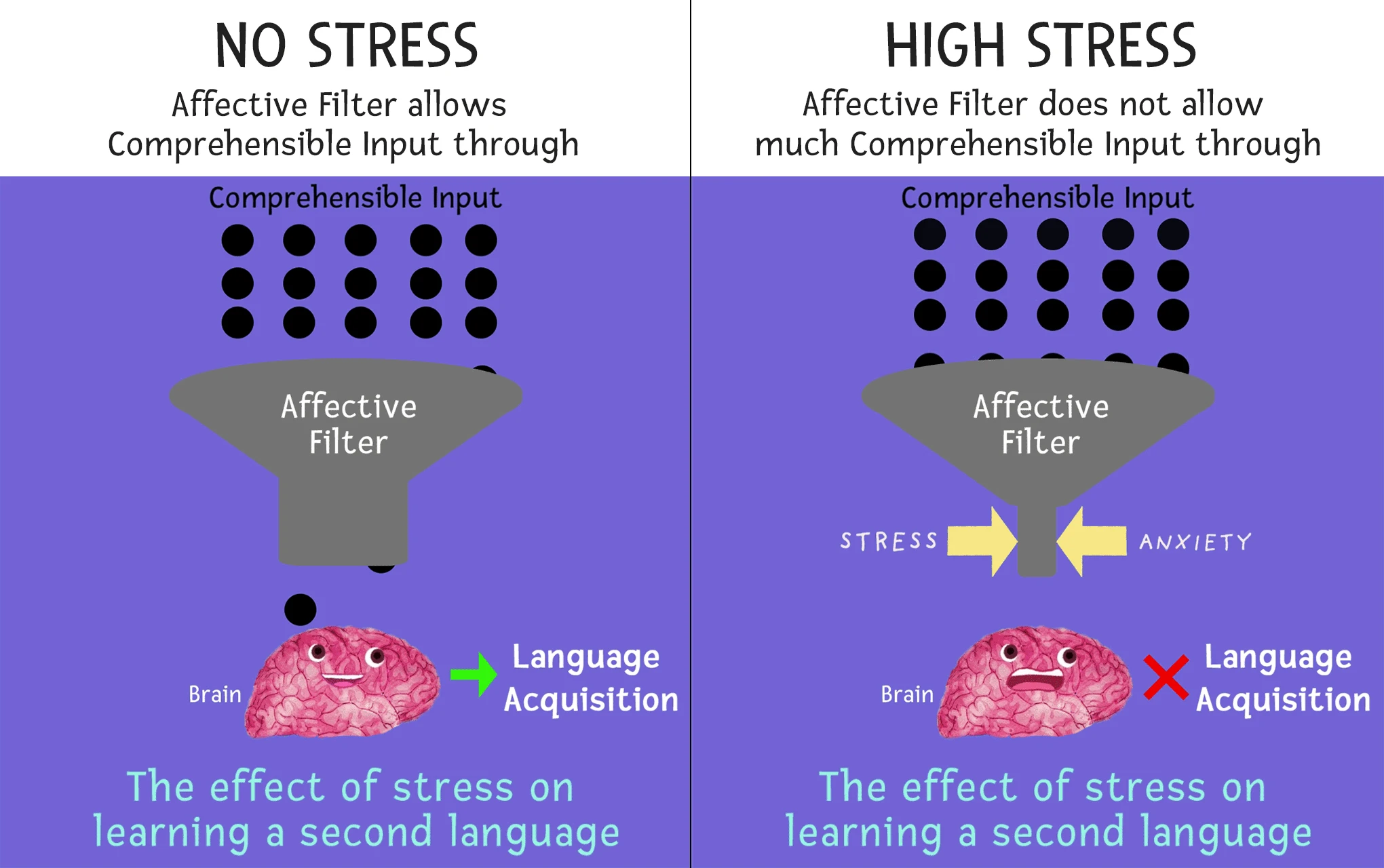
Have a look at this very short video for further understanding of how the Affective Filter affects language learning!
The Affective Filter in Second Language Teaching
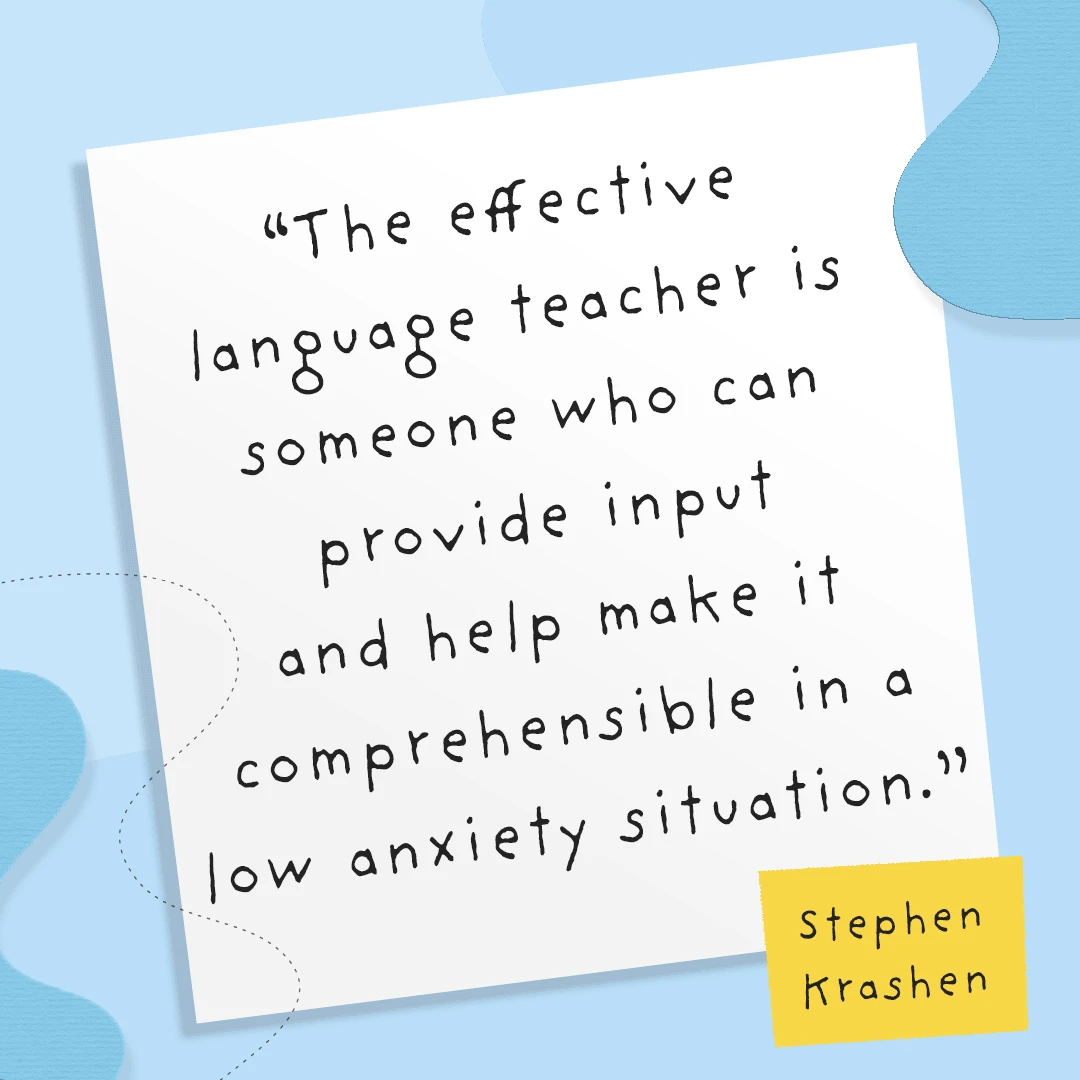
Krashen shows us that learners with high motivation, self-confidence, a good self-image, and a low level of anxiety are better equipped for success in second language acquisition.
To be clear: while a positive affect is necessary, it is not sufficient on its own for language acquisition to take place. We also need comprehensible input.
“The effective language teacher is someone who can provide input and help make it comprehensible in a low anxiety situation.” Stephen Krashen
Krashen wrote that the Affective Filter hypothesis showed us the enormous importance of emotional variables in pedagogy.
In fact, he said it defined the language teacher in a completely new way to how she has been traditionally seen.
Krashen stressed that “the Affective Filter hypothesis implies that our pedagogical goals should not only include supplying comprehensible input, but also creating a situation that encourages a low filter.”
The traditional teacher who doles out grammar drills, vocabulary tests, and creates pressure to recite verb conjugations and speak in front of peers is creating a stressful learning environment for the student.
“Language acquisition does not require extensive use of conscious grammatical rules, and does not require tedious drill” Stephen Krashen
I remember my French oral assessments causing me sleepless nights and sweaty palms for days in advance! It is petrifying being forced to produce language under stress and trying to recite from memory.
Although research shows that in many subjects, some pressure can actually be slightly beneficial (for example when ‘cramming’ facts for a test), this is never the case with languages.
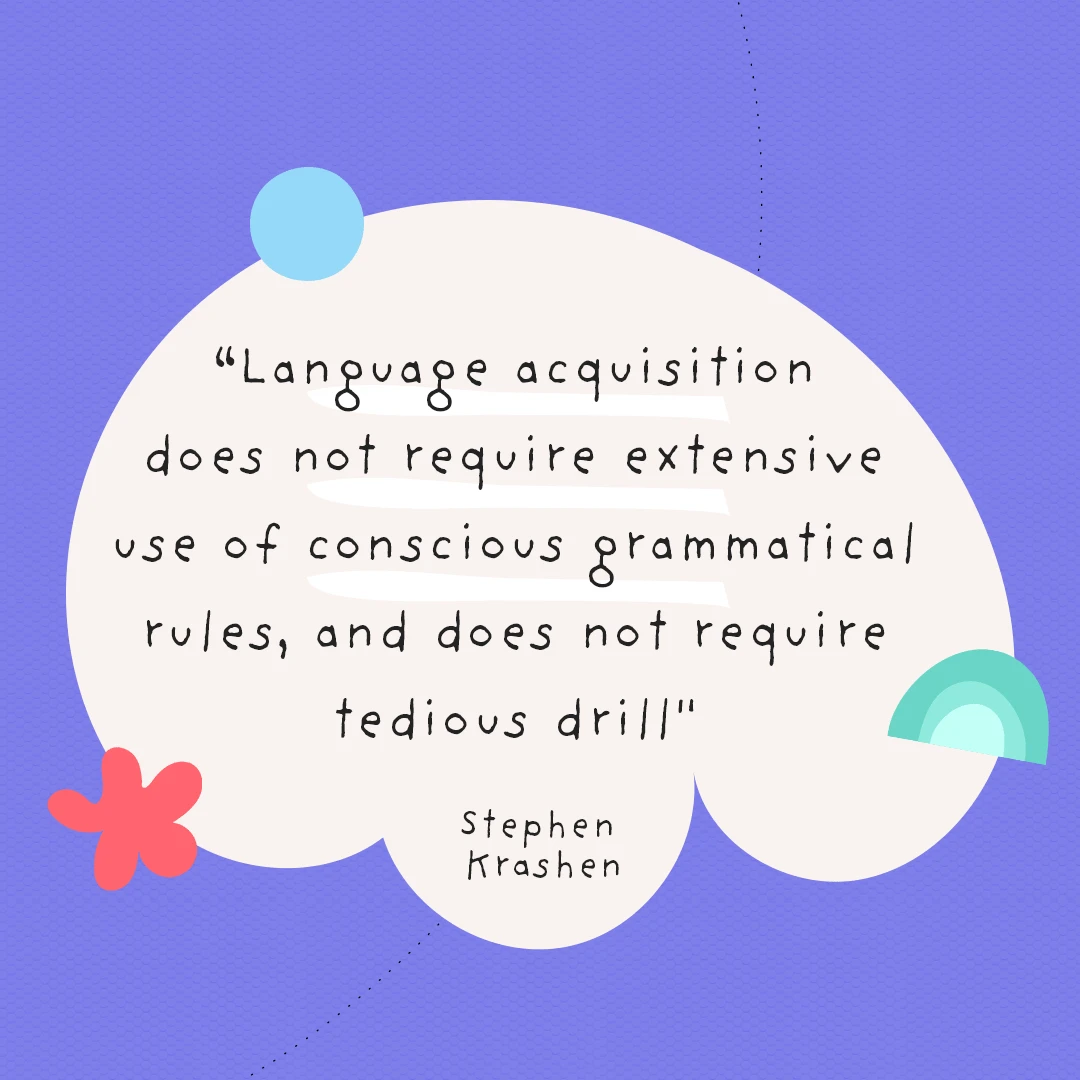
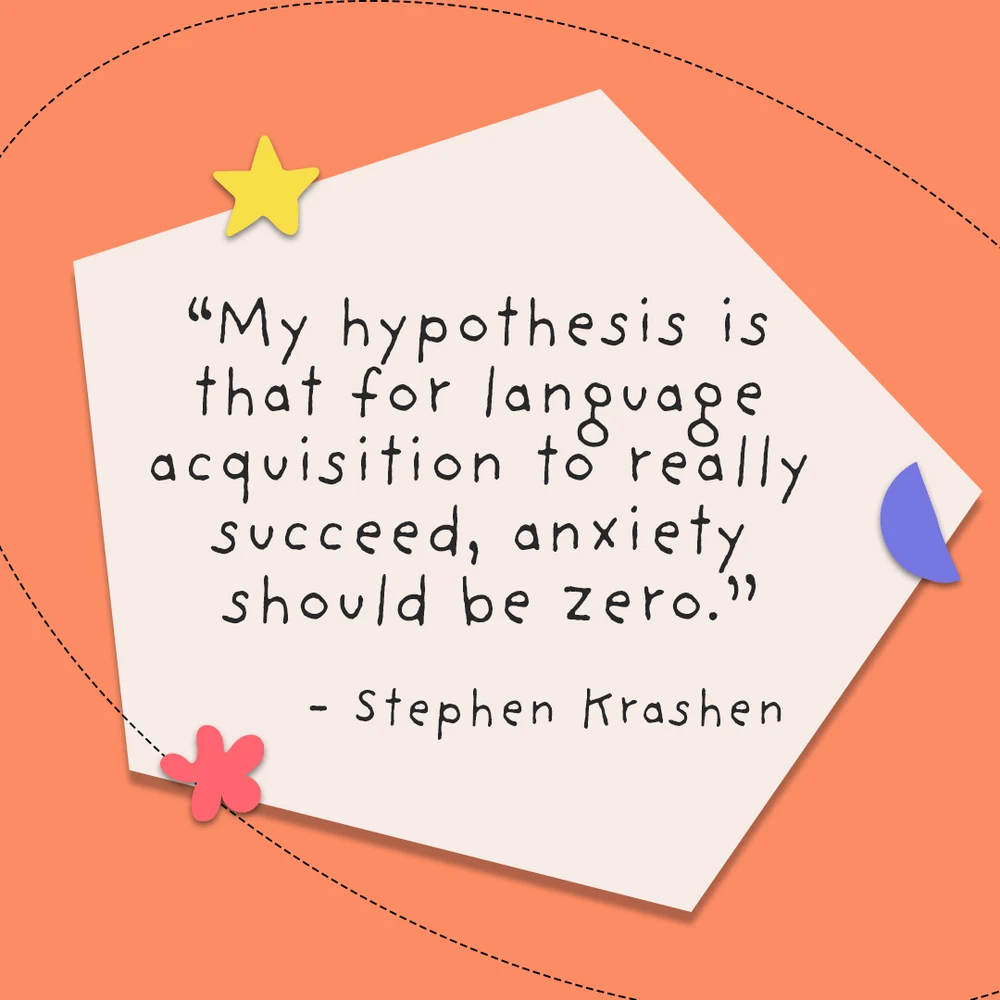


Dr. Krashen argues that for students to truly thrive in the foreign language classroom, the learning environment must be stress-free.
“My hypothesis is that for language acquisition to really succeed, anxiety should be zero.” Stephen Krashen
Note that Krashen does not say ‘anxiety should be reduced’, but that it should be eliminated – it should be ZERO. This is due to the fact that any level of anxiety or stress stops comprehensible input from reaching the language acquisition part of the brain, and therefore hinders second language learning entirely!
Surely such evidence should completely alter the way we approach language learning and teaching in schools?
What is a High Affective Filter?
A high Affective Filter means a student is experiencing high levels of negative emotions and attitudes in regards to language learning.
Low motivation and boredom, or low self-esteem and anxiety are all negative emotions that increase the Affective Filter and form a ‘mental block’ that prevents comprehensible input from reaching the language acquisition part of the brain. In other words, when the filter is ‘up’ it impedes language acquisition.
In language learning, these negative emotions can come about for a variety of reasons. Let’s examine how they surface both in the classroom, and when learning a new language at home.

Symptoms of a High Affective Filter
As a teacher or as a parent wanting to teach your child a second language, it is very important to be aware of the signals and symptoms that could indicate a high affective filter.
By understanding some common behaviors of students with a high affective filter, we can learn to identify them quicker in the home or classroom and adapt our teaching and the learning environment to lower the affective filter.
Krashen identified four emotional states that raise the affective filter and therefore negatively impact second language acquisition:
- Anxiety
- Low motivation
- Low self-confidence
- Negative attitude
Let’s explore how some of these factors manifest in terms of behavior.
#1: Behaving Bored
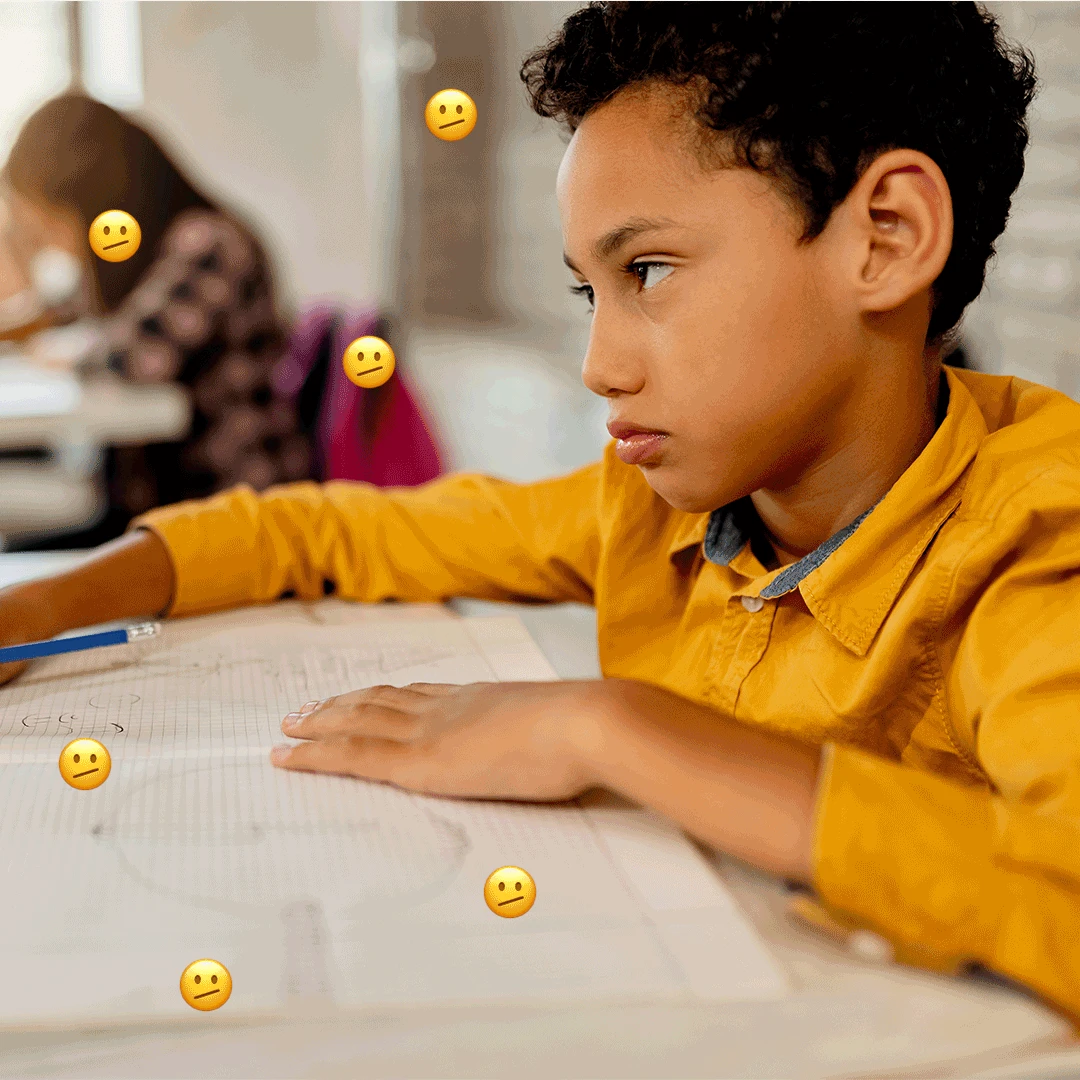
Is the child staring into space? Yawning? Fidgeting? These are all signs of boredom and common symptoms of a high affective filter.
When a child loses interest in a lesson and gets distracted, we often refer to them as being ‘disruptive’ or ‘disengaged’. As if to suggest that the student is the issue here.
There are, of course, cases of disruptive student behavior, often affecting classrooms on a larger, school-wide scale.
However, what is usually happening is that the student is not getting sufficient comprehensible input (if input is comprehensible it means they are able to follow along, if it is not comprehensible they are unable to get the gist of it – it is gibberish to them).
The student that does not receive enough comprehensible input cannot process the information they are receiving – it is not comprehensible, they literally don’t understand what is being said. If you were in a lecture and you could not understand a word, you’d soon get pretty bored, wouldn’t you? Not having enough input that is comprehensible can result in boredom (where the child becomes zoned out), or in anxiety (where they don’t feel emotionally ‘safe’). Either way, imaginary walls go up and the Affective Filter is up!
Sometimes, however, the boredom occurs because the teacher is taking a ‘traditional language lesson’ approach, focused on tedious grammar drills, flashcards or rote memorization, rather than being focused on delivering fun and compelling comprehensible content. These traditional language lessons can, and often do, become very tedious and boring!
Regardless of the source of the boredom, if the student is bored, the Affective Filter will go up and any comprehensible input that is provided will not reach the part of the brain where language acquisition happens, and language acquisition will not occur.
So, identifying the source of the boredom (is the input not comprehensible? Are they tired? Or are the lessons not interesting?) is a key to solving the problem of ineffective language lessons!
#2: Anxiety (and breaking the ‘silent period’)
Anxiety is another emotion that can lead to a high affective filter and impede language learning.
Anxiety in a language learning setting can come about from a number of sources, but in a classroom it often comes about because we feel intimidated. And that intimidation is usually triggered by the pressure to generate original output – that is, to talk in the foreign language!
I think we can all relate to a time when we felt intimidated in our language learning process!
It is very common for students to fumble and make many mistakes in the beginning stages of second language learning. Even with an understanding teacher, students nevertheless often feel self-conscious about speaking and freeze up when they’re called on by the teacher to speak.
In fact, speaking is identified as the language skill that causes the highest levels of anxiety for second language learners. Students fear sounding silly or pronouncing things poorly in front of peers. Some students even show physical signs of embarrassment, such as turning red in the face, stuttering, or sweating.

Reflecting on my personal experience as a Spanish and French teacher, I agree that the majority of my students found speaking to be the most ‘scary’ activity. Why is this, though, when speech is such a natural form of communication?
Krashen’s research in second-language acquisition describes a ‘silent period’ during language learning. This is an inevitable stage in the process of learning a new language that must be respected, because while it looks to the outsider that not much is happening, the language acquisition part of the brain is silently wiring to the new language.
It is important that we respect this silent period, because when we break a student’s silent period, it is more likely that the student will develop anxiety about language learning, which will raise their affective filter.

#3: Deflated Body Language or Tone
A negative tone or negative body language are usually telltale signs that the child’s Affective Filter is up and they are either bored, anxious, unmotivated, or lacking in self-confidence with regards to the language learning that is expected to happen in class.
Oftentimes, these students are the ones who try not to make eye contact, for the fear of being called upon and put on the spot. They try to act invisible or stare off into space. Or they may legitimately be zoning out and not truly be present.
#4: Trouble following instructions
If you find your second language learners being unable to follow instructions in the target language, it could mean their affective filter has gone up.
Try re-assessing the instructions you are giving – are they too complicated for their language/developmental level? Do the instructions need to be broken up into more clear multi-step instructions? Also try re-assessing whether the instructions are actually comprehensible – maybe you need to act or draw them out, step by step?
Finally, but very importantly, check in on the child’s inner emotional landscape – is there boredom, stress, anxiety or low motivation?

Lowering the Affective Filter

So how can we create a learning environment where the students’ affective filter is low?
In its most basic level, the affective filter theory indicates that students will thrive in language learning when they feel safe and supported.
Of course, just as with learning anything, physical safety is crucial, but here we are referring to the emotional safety that facilitates language acquisition.
If a child feels comfortable in their learning environment, they are more open to language input.
Just as you would want a guest to feel welcomed and ‘at home’ during their stay with you, so you want a student to feel comfortable in your lessons.
Some results of a low affective filter include increased self-confidence, higher motivation to learn, and even the desire to take risks, so lowering an affective filter can have repercussions beyond the obvious benefits of language learning.
Harness the Power of Krashen’s Affective Filter Theory with FabuLingua
FabuLingua is a digital platform that has been designed with a deep appreciation of the Affective Filter hypothesis and its enormous influence on second language acquisition.
FabuLingua is based on the extensive and well-established science of second language acquisition – we have harnessed those insights and created a platform designed specifically for children to use to learn a language without ever raising their Affective Filter.
FabuLingua provides compelling comprehensible input through interactive, lightly animated stories that are set in an immersive mobile game. Our children’s stories use our patented Magical Translations® methodology to create a lot of comprehensible input that is compelling to children, so they acquire Spanish effortlessly and in a relaxed and engaging way.

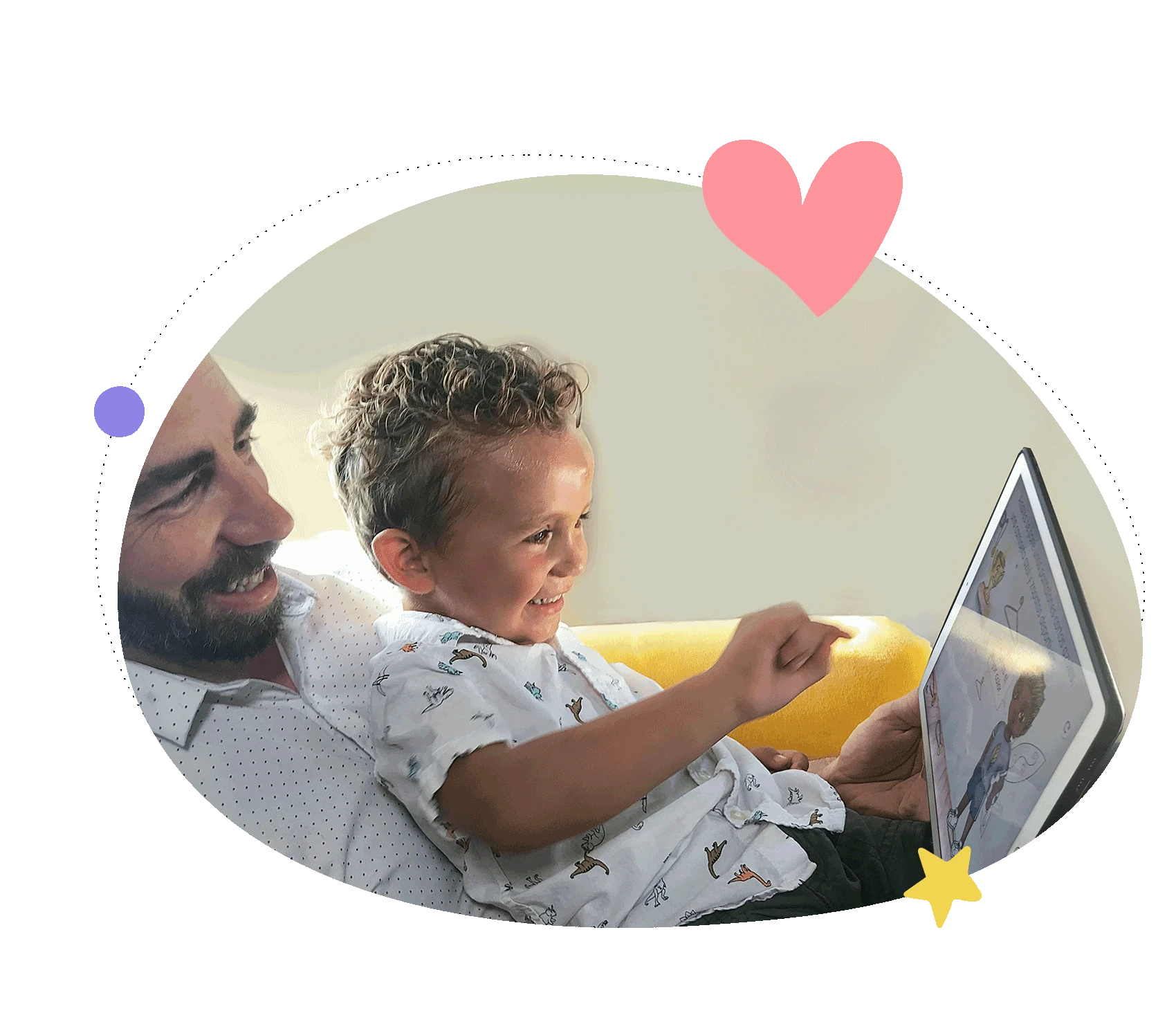
Everything about FabuLingua, from the use of illustrated children’s stories that are interactive and lightly animated, to the fun and exciting games that serve to reinforce and expand the vocabulary learned in those stories, to the immersive mobile game world in which the stories live – a game that involves exploration, leveling up, and earning rewards like our exciting stickers from our stories – all of it is designed to lower a child’s affective filter!
Each element is designed to entrance kids, delight them, excite them and motivate them so that their affective filter is lowered so much that it disappears! Add vast amounts of comprehensible input and you now have the perfect set up so they can learn Spanish effortlessly, subconsciously, without realizing that they’re doing so!
Ready to lower your child’s or student’s affective filter and make language learning fun?
Get the FabuLingua app today in the AppStore or Google Play store and receive 30 days FREE!
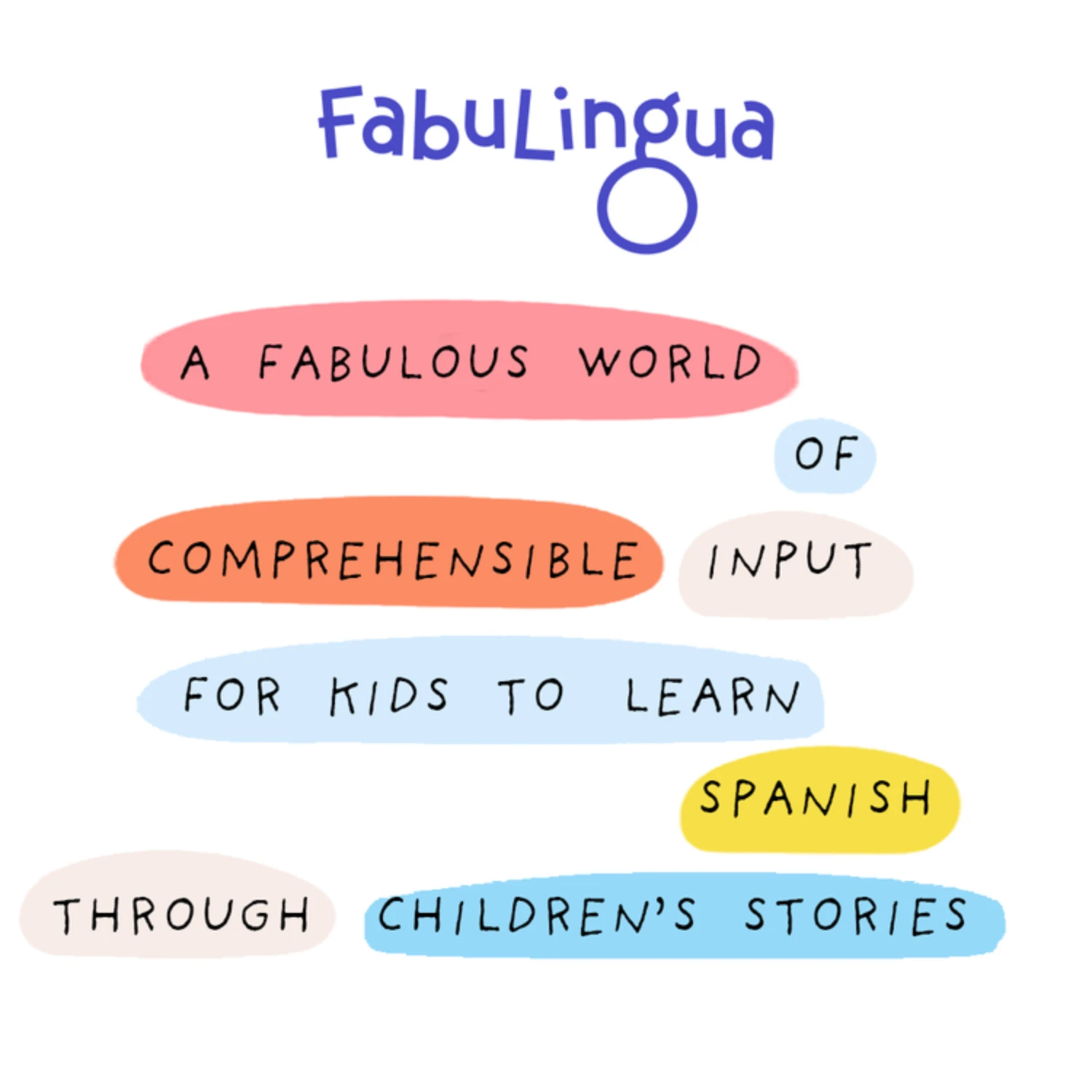
This is a guest post by Corrie Wiik, the mama behind the Spanish education blog Mama Llama Linguist. Corrie is a former Spanish teacher and is now raising bilingual children in San Diego, CA and sharing her journey and insights on her blog. Connect with her on Instagram @mamallamalinguist and follow her on Pinterest.
Get the FabuLingua app today in the AppStore or Google Play store and receive one week free when you subscribe!









